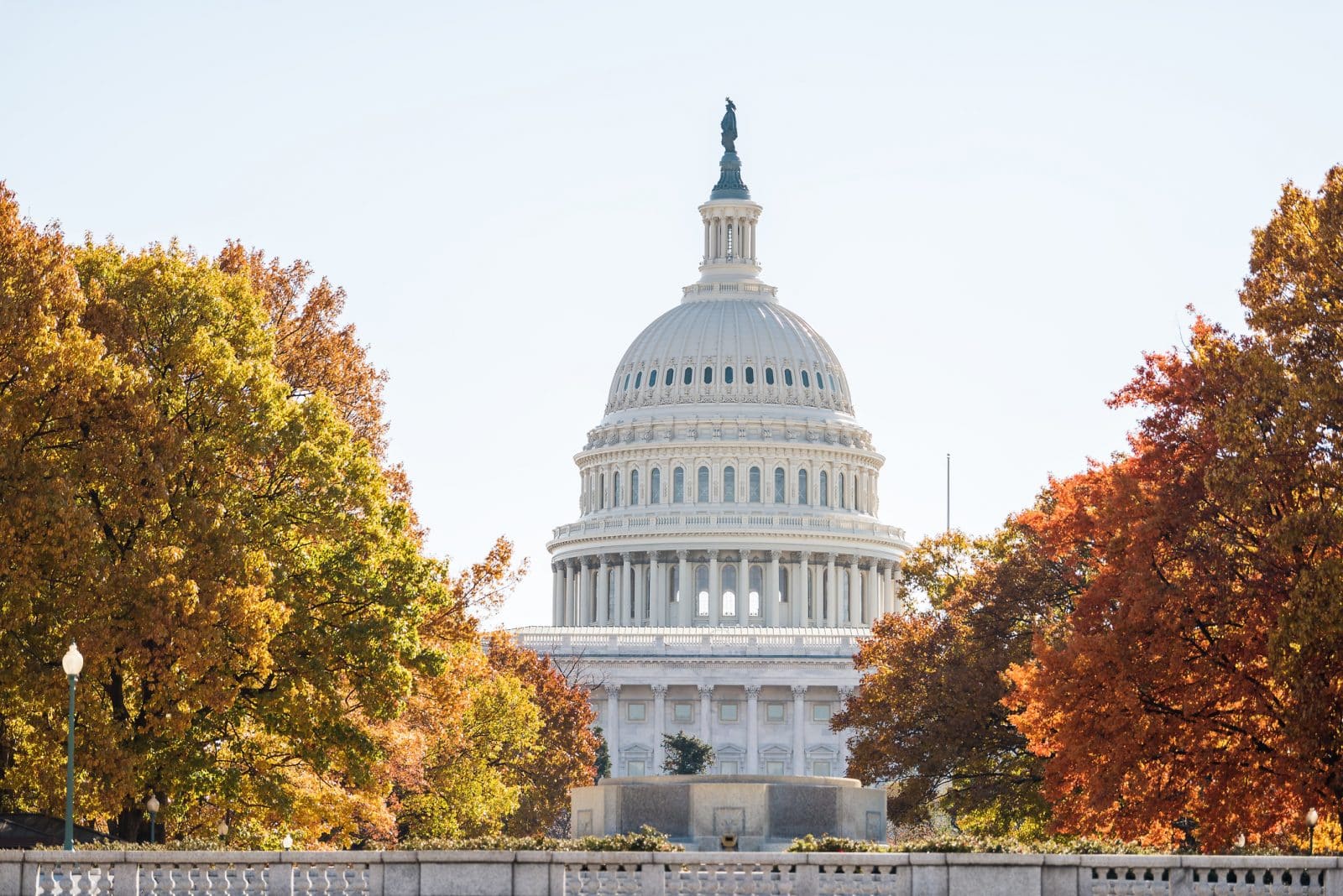ASTA’s Janae Brady highlights key takeaways and what to expect from the 2023 Farm Bill.
When it comes to policy, there’s one major piece of legislature looming over the horizon: the 2023 Farm Bill.
The farm bill is a multi-year law that governs an array of agriculture and food programs, with titles across all aspects of agriculture, from conservation to research to rural development. The last farm bill was passed in December 2018 and expires September 30, 2023, according to the Congressional Research Service.
Titles within the Farm Bill aren’t only considered a year out from the expiration date. The discussion starts the minute the previous farm bill is passed.
Janae Brady in particular, has a passion for the process behind the farm bill.
“As soon as the farm bill is passed, you start working on implementation,” says Brady, senior director of government affairs for the American Seed Trade Association (ASTA). “From the Senate and House perspective, they start right away with oversight to ensure that USDA is implementing the bill in the way it was intended.”
Formerly, Brady worked with Chairman Pat Roberts (R-Kansas) in the Senate, serving as an advisor on policy issues including trade, agriculture research and agricultural defense, and in doing so, participated in passing the 2018 Farm Bill.
“There’s always certain areas where staff and Members of Congress start thinking through what should be changed and what should be different in the next bill,” she says. “That’s really where the next farm bill starts — trying to figure out what areas need improvement or significant changes in the existing authorization.”
From there, it comes down to where lobbyist and legislatures are at in the Farm Bill process today. The Senate and House hold hearings, often sorted by title, to get producers and organizations from the industry to dive into the industry concerns. After hearings, the lawmakers put pen to paper.
The initial draft typically starts with simple reauthorization — deciding what to extend to 2023 from the 2018 bill. From there, different priorities are built into the draft from members. This year, Brady says the House majority will be chairing the conference.
Goals from Farm Bill’s Past and Future
In 2018, there were a few noteable additions into the farm bill:
- Language from the 2014 Farm Bill ensured hybrid seed producers were eligible for commodity programs.
- Conservation Reserve Program (CRP) acreage was increased by 3 million acres — up to 27 million acres — with payments capped at 85% of local rental rates for general signup acreage and 90% for land enrolled through continuous signup.
- A pilot program called the Soil Health and Income Protection Program was initiated to allow farmers to take land out of protection under shorter contracts than currently allowed by CRP.
- Increased funding for the Environmental Quality Incentives Program to reach $2.025 billion by 2023.
- The Market Access Program, Foreign Market Development Program, Technical Assistance for Specialty Crops program and Emerging Markets Program were consolidated into one program called the Agricultural Trade Promotion and Facilitation Program.
In comparison, 2023’s Farm Bill will have a different focus — which means ASTA’s objectives will be different as well.
“One of the first things you do as an organization is look at what your priorities were in the last farm bill, and again, look what you need to build upon,” Brady says. “ASTA has been a long supporter of the programs in the ag research space and the conservation space.”
Not only that, but Brady says within every title of the bill, there are priorities that the seed industry cares about.
“In the last farm bill, one of the priorities was the national plant germplasm strategy that USDA is still working on — and we’re having conversations on the implementation of that,” she says. “Another good example of programs that we will continue to advocate on are the trade export programs, including the Market Access Program, and the Foreign Market Development program — those have consistently been authorized during the Farm Bill process.”
It’s not all about pushing the same agenda, it’s about figuring out what new areas to look toward and focus on for the future. One area for ASTA involves conservation and sustainability.
“We know that conservation is going to be a priority title of ours, but we’re still working on the details of what that might include,” Brady says. “We know based on previous legislation that we’ve seen that cover crops are going to be a focus of some members of Congress as they’re drafting the farm bill, so we want to make sure we have our positions established for what government programs might look like.”
The key factor for any new program is transparency, Brady adds. “It is important that legislation provides transparency and certainty for stakeholders, so that industries like the seed industry are able to meet the needs of new or revised programs.”
Agricultural research continues to be a top priority for ASTA and the seed industry, where they’re pushing for continued support and investment for the number of research, education, and extension authorities in the title.
The final major decision that’s waiting to be determined, though, is what the funding situation will look like. The 2014 Farm Bill was a deficit reduction bill and 2018 a budget neutral bill, there’s still a question on what the funding will look like in 2023.
“There were previous efforts with Build Back Better to try and add additional investment into the package… There are still some conversations about whether it will be possible to increase funding, but at this point it is expected that this bill will be a budget neutral bill,” Brady says.
From here, ASTA’s figuring out final details to focus upon.













